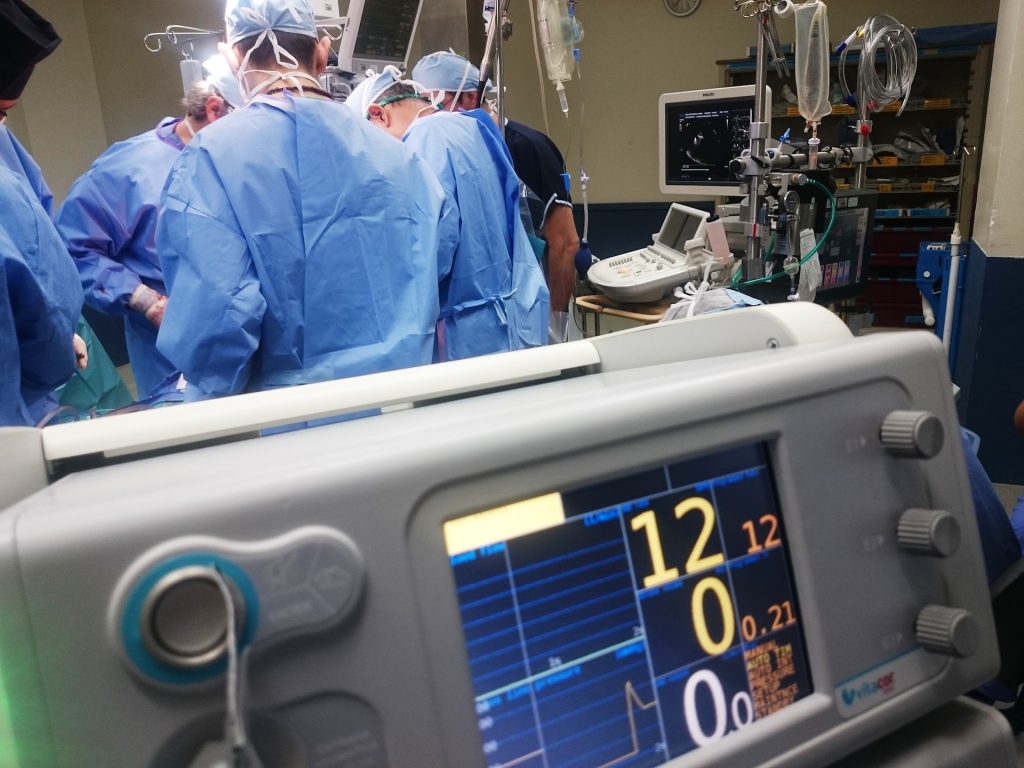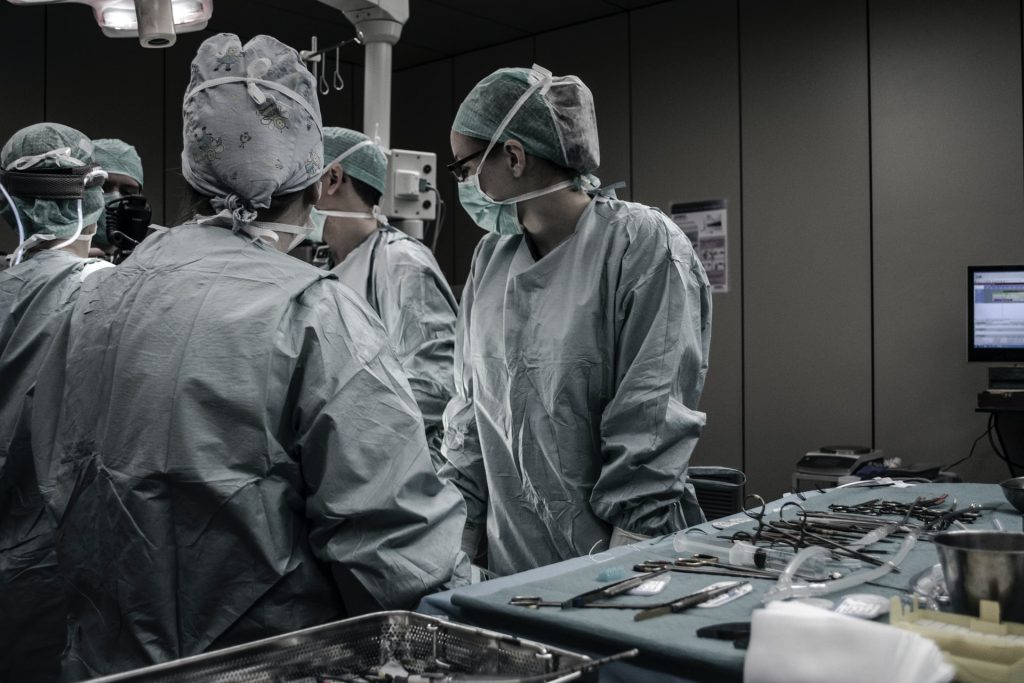New Technique Could Increase the Number of Hearts Available for Transplant
The method, rapid recovery with extended ultra-oxygenated preservation, involves flushing the donor heart with a cold oxygenated preservation solution after death.

Vanderbilt University Medical Center researchers have developed a groundbreaking new method for the recovery of hearts from deceased organ donors after circulatory death (DCD).
The method, rapid recovery with extended ultra-oxygenated preservation (REUP), involves flushing the donor heart with a cold oxygenated preservation solution after death. This avoids the disadvantages of two existing preservation methods, both of which reanimate the heart, one that has ethical questions and another that is expensive.
The former method known as normothermic regional perfusion (NRP) involves reanimating the heart in the deceased donor’s body, which raises ethical concerns for some and is not allowed in all states or countries. The latter uses ex situ perfusion systems that are costly and laborious, and provide an imperfect and less physiologic reanimation of the heart.
The new method has similar outcomes to existing methods but is simpler and much less expensive, said first author Aaron Williams, MD, in an article just published in the New England Journal of Medicine. He said the technique has great potential to expand the number of donor hearts available by making organ preservation technology more widely available worldwide and expanding the use of DCD hearts.
“It’s something that has never been done in the field of heart transplantation with success,” he said. “I think this is really going to be a game changer. This is going to be a technique that’s going to essentially have worldwide applicability.”
The VUMC team was successful in deploying the method in donor hearts used in three transplants, starting in November 2024. The technique consists of the use of a flush circuit to oxygenate two litres of cold preservation solution that includes packed red cells, del Nido cardioplegia and other additives. To date, VUMC has used the method for 20 transplants, Williams said, with excellent outcomes – similar to, if not better than, the existing techniques.
“This arose out of the problems with the other two methods; the ethical issues with the one and the cost with the other,” Williams said. “We have all been thinking about these issues for some time now. We, as a team, came up with this cardiac preservation solution and technique that helps to resuscitate and protect these DCD hearts well so they can be used for transplantation.”
Williams said the technique has been successful in preserving hearts for more than four hours and to as many as eight.
The use of DCD hearts has changed the transplant field significantly. Over the last five years, Vanderbilt’s heart transplant program has been a leader in utilising hearts from DCD donors, hearts that were previously discarded because they were determined to be too injured and too high risk for subsequent problems. Special preservation techniques that Vanderbilt uses have made it possible to recover DCD hearts and support them for up to 10 hours prior to transplantation. This allows Vanderbilt thoracic organ recovery teams to travel farther in search of organs and add hundreds of organs to the donor pool.
Prior to 2020, Vanderbilt only transplanted organs from DBD (donation after brain death) donors. Like DCD donors, DBD donors have sustained devastating, non-recoverable neurologic injury. Unlike DBD donors, however, DCD donors don’t yet meet formal brain death criteria – as such, the methods that are used for withdrawal of donor life support and surgical retrieval of DCD versus DBD organs differs.
Williams said the new technique described in the paper has only been used on donor hearts, and further study is needed to see if it can be applied to other donor organs, such as livers, kidneys, pancreas and lungs. The technique could also be applied to paediatric transplants. All told, it could increase the pool of available donors and save lives through transplantation.



